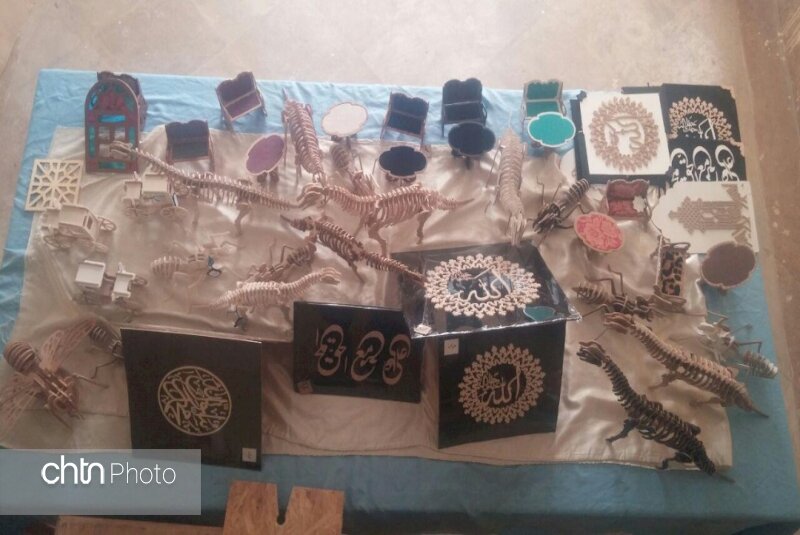200 inmates trained as crafters in Lorestan

TEHRAN – A total of 200 inmates have recently been trained as crafters in prisons across the western Lorestan province, the provincial tourism chief has announced.
The prisoners were trained in the fields of kilim carpets, woodwork, leatherwork, and toreutics, Seyyed Amin Qasemi said on Saturday.
The courses aimed to empower the prisoners and provide job opportunities for them after their release as well as promoting handicraft fields, the official added.
Lorestan is one of the lesser-known travel destinations in Iran and mainly acts as a gateway to the neighboring Khuzestan province which hosts UNESCO sites of Susa, Tchogha Zanbil, and Shushtar Historical Hydraulic System.
Lorestan is also a region of raw beauty that an avid nature lover could spend weeks exploring, living with a nomad or rural family.
Lorestan was inhabited by Iranian Indo-European peoples, including the Medes, c. 1000 BC. Cimmerians and Scythians intermittently ruled the region from about 700 to 625 BC. The Luristan Bronzes noted for their eclectic array of Assyrian, Babylonian, and Iranian artistic motifs, date from this turbulent period.
Lorestan was incorporated into the growing Achaemenid Empire in about 540 BC and successively was part of the Seleucid, Parthian, and Sasanid dynasties.
Bisheh Waterfall, Snow Tunnel, Poldokhtar ponds, Falak-ol-Aflak Castle, Soltani Mosque of Borujerd, Shapouri Bridge, and Shiraz Canyon are amongst tourist sites of the mountainous province.
Tourism ministry seeks to empower inmates
In October 2020, the Ministry of Cultural Heritage, Tourism, and Handicrafts signed a memorandum of understanding with the Prisons, Security, and Corrective Measures Organization to create jobs and make income for prisoners.
The MOU also aimed at implementing special educational and promotional programs, identifying talented prisoners, and improving their social status.
The deputy tourism minister Pouya Mahmoudian said that handicraft products made by prisoners have been displayed in various exhibitions, and the income generated from selling these products has been returned to the prisoners and their families.
ABU/AFM
